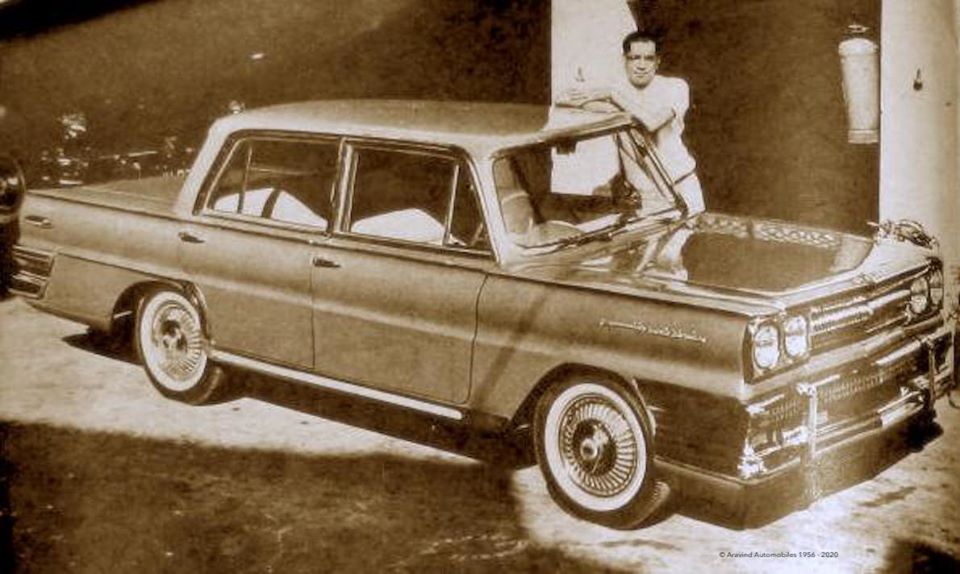Aravind ‘Baby’ Model 3 | A forgotten classic
The Model 3 from Aravind Automobiles was one of the very few cars entirely built in India in the years after independence
 It's surprising how such a good looking classic escaped the eyes of the masses
It's surprising how such a good looking classic escaped the eyes of the massesThe Hindustan Ambassador is the first car to be locally manufactured in India. Based on the Morris Oxford Series III, the Ambassador had British origins, but it is still considered a definitive Indian car. But after the Ambassador was launched in 1958 and long before the Maruti 800 hit Indian roads in 1983, something else was brewing in Kerala.
‘Self-taught automotive expert’ and entrepreneur K. A. B. Menon established Aravind Automobiles in 1956 with a motive of building an Indian car from scratch. Using his expertise, Menon built the Aravind ‘Baby’ Model 3 in 1966, a classic four-door sedan. Back then there was no definitive design language for Indian cars like there is today for a Tata or a Mahindra. And the Aravind Model 3, with its long front and rear overhangs, a long flat bonnet and ample chrome plating all around was somewhat an amalgamation of American and Soviet classics from that era.
ये à¤à¥€ पà¥�ें- Ambassador Turbo – review
Despite lacking the technological prowess of the established western brands, Menon seemed to be driven by passion. He built the prototype to showcase India’s hidden potential in this sector. It was also witnessed by India’s then PM Indira Gandhi. ‘Yes, we can, and here I have’, said Menon to the country’s leaders after showcasing the prototype.
Powering the Model 3 was Fiat’s 1.1-litre naturally aspirated four-cylinder petrol engine, from the 1100 four-door. In Fiats of the 1960s, this engine was offered in multiple states of tune but as of now it’s unclear how much power it produced in the Aravind Model 3.
‘Aravind Automobile beat the sheet with their bare hands’ says the long-forgotten company’s Facebook page. However, quite a few components resemble the Fiat 1100, notably the steering wheel (wrapped in some kind of fabric or leather), column-mounted gear shift, instrument cluster and even the front and rear windshields.
The Aravind monogram on the tip of the bonnet though was built in-house. It was sand-casted and poured in with molten brass while the chrome plating upfront are said to have a ten-year life-span. The latter is an odd fact but overall, it shows Menon’s attention to detail.
Naturally, Menon asked for the Indian government’s support to start the production of ‘our own Indian car’. He wanted to build a factory where the Aravind Model 3 could be manufactured on a greater scale and help create jobs. Sixties was a tough period for independent India, and visionaries like Menon were certainly rare. He was ready to let the government own a part of the company too, and believed that the car could be priced as low as Rs 5000. However, bureaucracy triumphed innovation and the support instead went to Maruti Motors Limited, founded by Sanjay Gandhi in 1971.
However, what Aravind Automobiles did get was a contract to build this car and an exclusive production license. After Menon passed away, the factory was given to the workmen as a co-operative society and eight years later it was liquidated. The car was the only thing left behind. The successors are now looking to restore this classic and perhaps even revive the brand.


